Discussion on priorities and follow-up on common points.
Espacio para conocer organizaciones que apoyan pequeñas empresas y emprendedores en la región del sur y sureste de México.
Introduction to impact measurement and management: an overview, theories, approaches, and real-world usages.
"El presente documento es una guía que contiene la mayoría de los recursos disponibles para consulta en temas de medición de impacto. Con esta guía, pretendemos facilitar el proceso de consulta e investigación de las organizaciones intermediarias y los emprendedores del sector."
"Our ANDE South Africa Impact Management Knowledge Brief provides a summary and resources from the 'Impact Management for the South African social and creative enterprises sectors' project, in partnership with Social Value UK and supported by the British Council's DICE Fund. The project aimed to further understand the Impact Measurement and Management (IMM) landscape in South Africa, with a focus on social and creative enterprises. In the efforts to drive inclusivity and development, the project supported entrepreneurial support organisations that wanted to learn how to better measure and manage their impact and, in turn, support their entrepreneurs when using data to improve their decisions and performance, regardless of their level of exposure to IMM practices."
"O Guia Prático busca tratar sobre os principais conceitos acerca da avaliação de impacto social, mostrar a importancia e o passo a passo da mesma."
"We’ve written this guide for charities who seek to evaluate their work, or measure their impact. Measuring means using data and evidence, both quantitative and qualitative, to gain useful insights about your charity’s work. It’s about understanding whether your project or service made a difference in people’s lives. If yes, how so? If not, why not?
This guide follows on from our Theory of change in ten steps, which we want you to use as the basis of your measurement framework. We explain how to turn your theory of change into a plan for measurement, the five types of data you will need to pay attention to, and how to prioritise what to measure. Finally, we’ve included seven mini-guides below looking closer at specific aspects of evaluation."
"In a webinar on February 20, 2020, Tim Ogden, Managing Director of the Financial Access Initiative at NYU shared the latest insights on SME business training programs, with guest speaker David McKenzie, Lead Economist in the Development Research Group, Finance and Private Sector Development Unit at the World Bank. Tim and David discussed what we know about small business performance and productivity, the importance of management, and training impact evaluations--all essential for innovating SME training programs."
"This toolbox is the result of a collaborative process between Practical Action and the Institute of Socio-Economic Research of the Bolivian Catholic University "San Pablo" (IISEC-UCB). The complementarity of visions and action areas reflects in an innovative proposal that aims to respond to a frequent and growing need by non governmental organizations: to measure the impact of gender-focused actions promoted by development projects, in this case productive."
